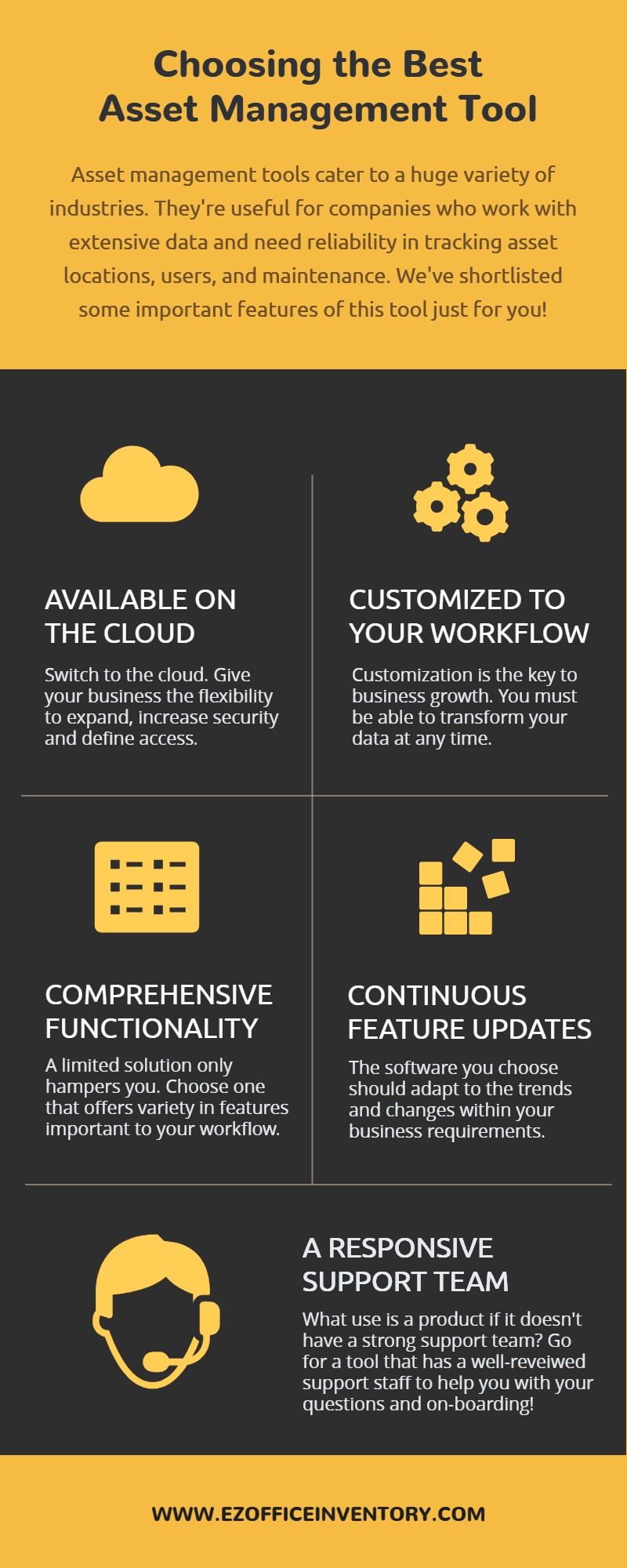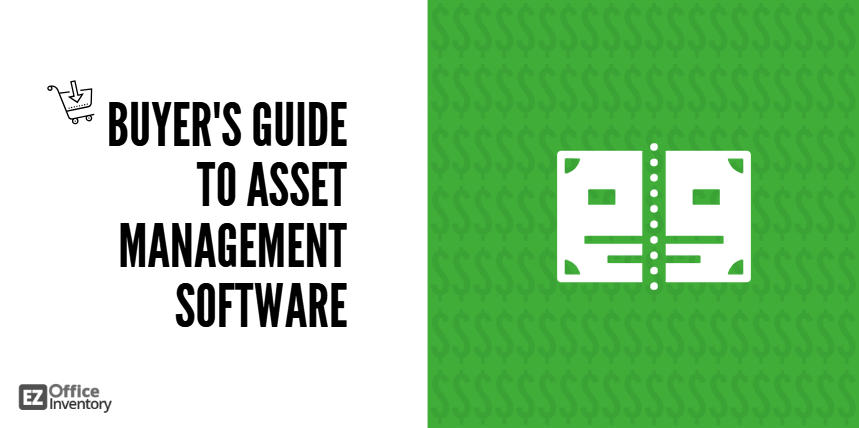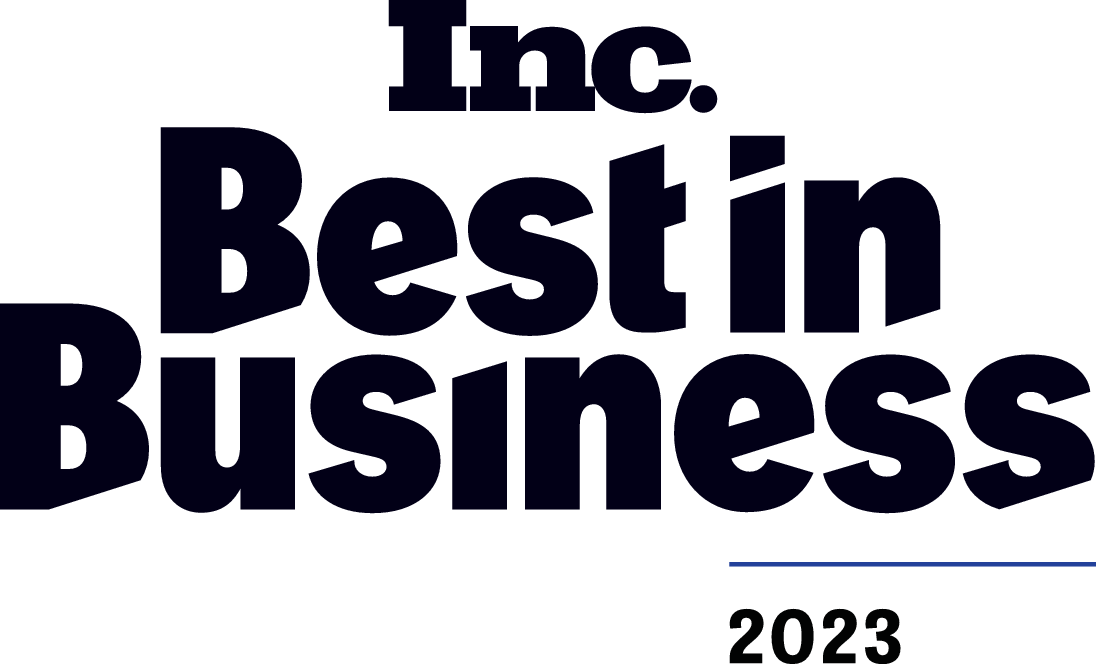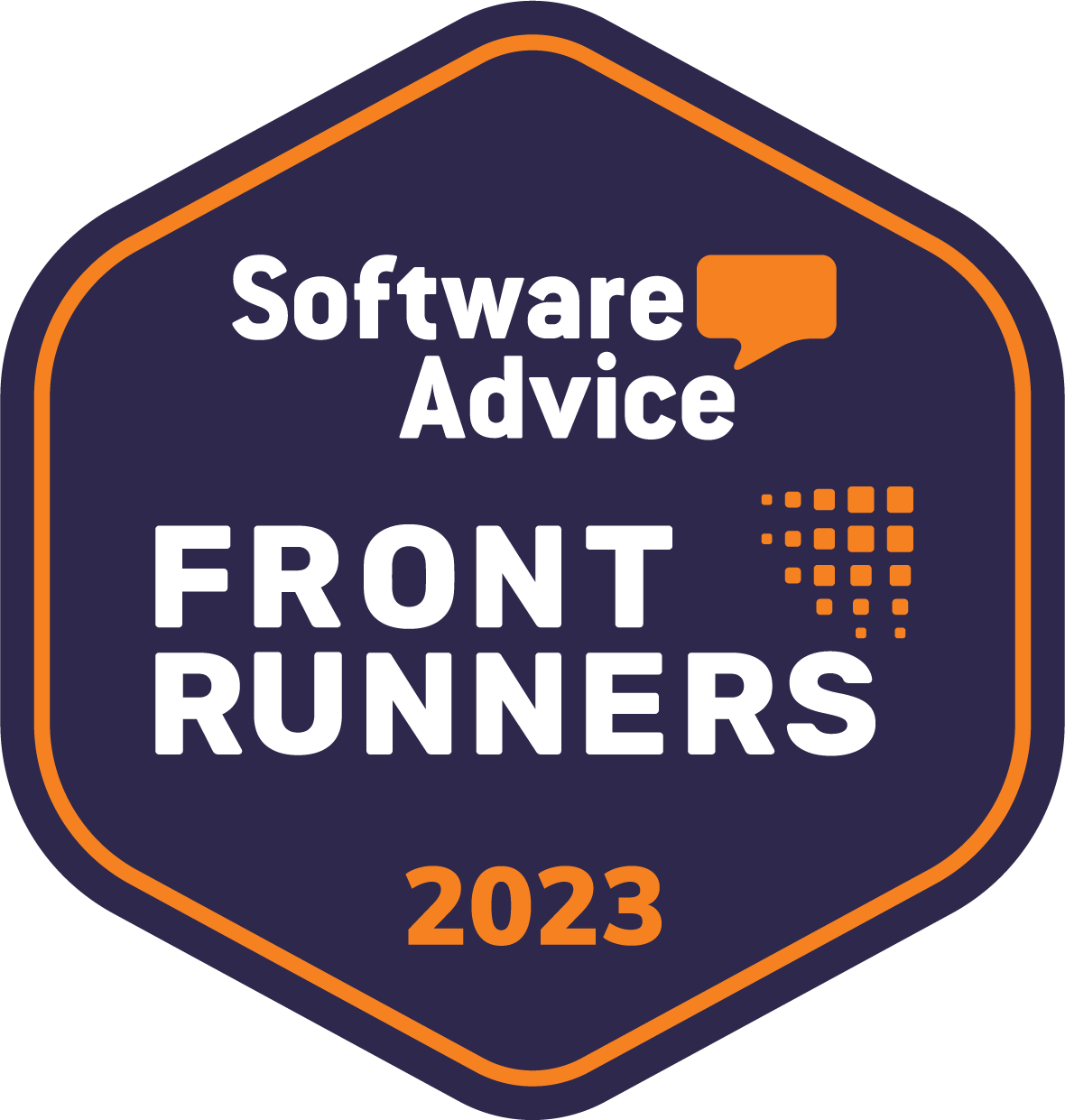How to look for asset management software and how best to prepare for it?
Asset management software is a dedicated program specially designed to assist firms in tracking an asset throughout the course of its useful life. Once the particular tool or equipment has passed its ability to provide the company any more use, the software also lets you calculate the salvage value and dispose of it. Manual work operations consume a lot of time and can produce inaccurate results due to human error.
In contrast to this, a solution like this allows you to store all your data securely on the cloud. By using such features to constantly monitor your assets, you can maximize tool utilization and produce improved business outcomes. Informed business decision making is also possible when you have access to transparent and accurate asset data.
An asset management software is equipped with the following special features to help your business attain its objectives:
- Tracking location through barcode labels
- Stock management carried out with reference to supplier portfolios
- Meeting government regulations by organizing frequent audits
- Adding customized fields to your asset database
- Recording depreciation for optimized cost-effective functions
- Timely servicing of assets through scheduled maintenance

Asset management solution caters to a huge variety of industries. Companies which work with extensive data and need a reliable system to track progress can choose to invest in this software. Unique barcode labels on different types of equipment make it easier to record movements across locations as well. This comes in handy for highly mobile sectors like construction.
Adding to the diverse set of features, asset management software allows you to implement strict safety and maintenance schedules, which enables you to meet regulatory criteria. Institutions like health care centers and food companies can largely benefit from an automated maintenance management system. Lastly, asset-intensive firms like large retailers that are involved in the buying and selling of valuable items, can use the software. They can use it to update systems whenever a product is checked in or checked out.
How does asset management software help your organization?
For companies which operate with a large set of assets, tracking them can be quite the challenge. If you lack a robust management process, you might not be able to get the maximum returns on all your capital investments. To ensure achieving the higher rate of returns, it is important to outline the hurdles involved in asset management. This also includes how a cloud-based software can solve them.
- Decreased rate of asset misplacement: For ease of business operations, offices function through various departments. Each department specializes in a certain job and requires particular assets. What if, these tools get mixed or misplaced? In such cases, it helps to tag all your equipment for easy retrieval through an online tracking system.
- Reduced equipment downtime: The absence of a regular maintenance routine can make your tools obsolete and slow down their reaction times. Unexpected delays can permanently damage expensive equipment and incur huge financial losses as well. To keep your assets in good shape, go for automated service sessions in asset management tool.
- Advanced bookings and reservations: It is common for small and medium firms alike to hold meetings and conferences every now and then. The greatest trial of such activities is to make sure everything goes as planned. Use the availability calendar to reserve required assets for flawless events.
- Deteriorating employee performance: Apart from asset focused functions, a management software also lets you assign and follow task performance for employees. With an online system, you can clearly observe how well your employees are doing. This is especially beneficial for companies which want to upgrade their productivity levels.
- Data analytics and business reports: The majority of firms fail to realize the value of asset report analysis. In order to optimize growth, the software lets companies generate asset performance reviews. Doing this enables organizations to forecast future demands and changes in consumption patterns.
What steps should you take before purchasing an asset management software?
Since every management system has its own operating procedure, it is critical to use it to the best of its abilities. Before you start off using the software, you should consider doing the following:
A) Know what to keep track off: Under this comes the following:
i) Asset specifications: Every single piece of tool and equipment has its unique identification serial number. To differentiate them, you should store such information to enter into the asset management database. Various types of assets are usually just designated for certain projects. This can also be recorded to associate how tools are to be used. In addition to this, dimensions and AIN’s can also help to denote specific items.
ii) Locations and sublocations: An asset management tool offers you to enter GPS coordinates for all your tools. For off-site projects, companies have to send off their equipment for days. In order to safely track such movements, it is advised to record accurate location. Oftentimes, it happens that organizations have certain branches all over the city so, the database should include sublocations of assets as well.
iii) Custodianship: For a business to run smooth functions, it is critical to keep an eye on asset allocation and usage. To enable a secure mechanism for asset utilization, ownership should be rigorously supervised. An inefficient asset management solution can lead to an increase in misplacements and theft. To control any employee malpractices, use a software to note down custodianship.
iv) Maintenance schedules: Depending on the frequency of use and depreciation rate, an asset management app lets you set maintenance events for your tools. Doing so requires you to carefully document how long has the asset been occupied. Identifying the duration of work operations helps you to determine its service time. Preventative maintenance lets you cut down costs and downtimes.
v) Procurement dates and vendor details: The best possible way for a business to operate is to have optimal stock quantities in store. Companies take certain measures to accomplish this. Every business has its own consumption cycle. Tracking this can give you a fair estimate of procurement dates. To make cost-effective purchases, it is crucial that you have a list of reliable vendors at your fingertips. An asset management solution makes use of all this data to organize stock procurement.
vi) Depreciation tracking: Tangible and intangible assets are both subject to wear and tear. Firms tend to record depreciation for both categories. This is done in order to derive maximum benefits. This can be done by listing down the purchase dates of all your tools and the progress on maintenance events. After doing this, you will be able to lower overhead costs and improve performance as well.
B) Categorize equipment: Since all your assets will be tagged, it is recommended to establish a system to categorically divide equipment based on its utilization. Some assets are allocated to particular departments. Whereas, some are mobile that are used outside the office building as well. One category can be created to include all tools which are jointly used by the employees. Making such distinctions allows you to enter relevant information and carry out seamless work operations.
C) Demarcate asset ownership: Due to official hierarchy, not all assets are meant to be used by everyone. This is mainly because some tools might require special skills to operate or can be used in certain situations only. For this reason, companies often lay out a simple chain of authority. Say, for instance, there is a certain set of financial calculators. And logically, only the finance department should be allowed to use them.
An asset management software allows you to do just the same in the user roles module. You can also set who reports to whom. For example, in the admin department, person A has to report back to B and supervise C and D. Establishing streamlined operation procedures allows you to easily track all your assets.
D) Understand government compliance or regulations: It is hard to survive in the industry without meeting the set business compliance requirements. In order for you to follow them thoroughly, it is critical for you to understand them as well. The following compliance standards will allow you to formulate secure business strategies:
i) SOX: The Sarbanes Oxley compliance – it cuts down fraudulent activities by requiring all companies to implement internal financial check and balance procedures.
ii) PCI DSS: The Payment Card Security and Data Security compliance – it sets forth strict rules about maintaining data on online transactions in a secure manner.
iii) FISMA: The Federal Information Security Management Act – it imposes conditions to protect business data against man-made or natural disasters.
Did you know? According to a bank study, around 82% of the businesses fail due to cash flow problems.
E) Decide what you report on: When you choose an asset management application for your business, the next step is to align policies to measure performance. These objectives can vary between organizations depending on their specializations. Mainly you need to figure out why you want to invest in the software. To accomplish this, many firms lay down benchmarks regarding yearly achievements and try to match those. For simplicity, it is best to set up uniform metrics to evaluate business progress. This gives you a chance to document growth across time and sustain operations for the long term.
What should you look for when looking to buy asset management software?
We’ve short-listed some features just for you.
– On the cloud: Companies tend to opt for software programs which are cloud-based due to their increased flexibility capabilities. What this means this that during an expansion you can easily scale up or scale down as per your requirements. You don’t have to shift from one platform to another and incur additional costs of doing so. Since being online gives you access to high security. This way, you also have a greater chance of data recovery in cases of technical malfunctions. Besides this, online data servers have the ability to automatically install updates as well.
Did you know? Global cloud IT market is predicted to grow at a CAGR of 17% from $180 Billion to $390 Billion in 2020.
– Comprehensive: To run a business in the most efficient manner possible, you need to survey for the most reliable software which offers a variety of features. Such features can include but not limited to check-in and checkout, maintenance and procurement management. Basically, lay down what’s important for your company and look for that in an asset management solution. Having the ability to run multiple functions from a single point of control allows you to improve collaboration and raise performance as well.
– Customizable to your workflow: The main purpose of an asset management software is to provide a firm the best solution catered to its own specifications. To deliver this is in the most effective manner possible is through offering customization. A tailor-made software is quite popular within small and medium-sized businesses. This is due to its ability to transform data as required. If you want to protect your information against external threats, then you should store your information in a way that is much more difficult to penetrate.
Customized data also lets you integrate the new software with the existing software packages. Solutions that a business has already deployed.
Did you know? In U.S the case of data breaches increased exponentially from 250 million in 2005 to 1750 million in 2017.
– Regular feature updates: Fast-paced market trends require organizations to keep up with the changing customer demands in order to tackle competition. This can only be achieved when the software you are using is constantly updated to provide you improved services. An efficient tool takes into account the useful life of tools and how they evolve over time to present to you with streamlined operational procedures.
Frequent updates allow the software to better adapt to the recent technological advancements. Such additions to the business increase your ROI’s and productivity levels.
– Responsive support team: For a business to achieve best results, the respective asset management software should be operated by an experienced support team. Oftentimes, it happens that employees run into dead ends while using the software. In order to handle such situations, it is required to have the active personnel to administer it. This way you can use the software to the most of its capacity
Conclusion
A substantial portion of business budgets goes into capital investments each year. This often comprises of valuable assets which, if utilized in the correct manner, can lead a company to attain an increased profit margin and operational efficacy. If you feel like your business needs an upgrade then it’s time for you to choose a suitable online solution.
With multiple functions designed to cater to individual company requirements, this software lets you do it all. From tagging your assets to disposing at the right time. All this while gaining some sort of salvage value is possible when you resort to the right strategies. Using customized data, asset management software lets you build reports and conduct analysis to forecast future trends and patterns as well. Get improved response rates through increased efficiency and productivity with the suitable software.
Learn more about EZOfficeInventory!
EZOfficeInventory is an asset tracking software that helps thousands of companies manage assets and workplace tracking workflows, cut costs, and streamline processes all over the world.








